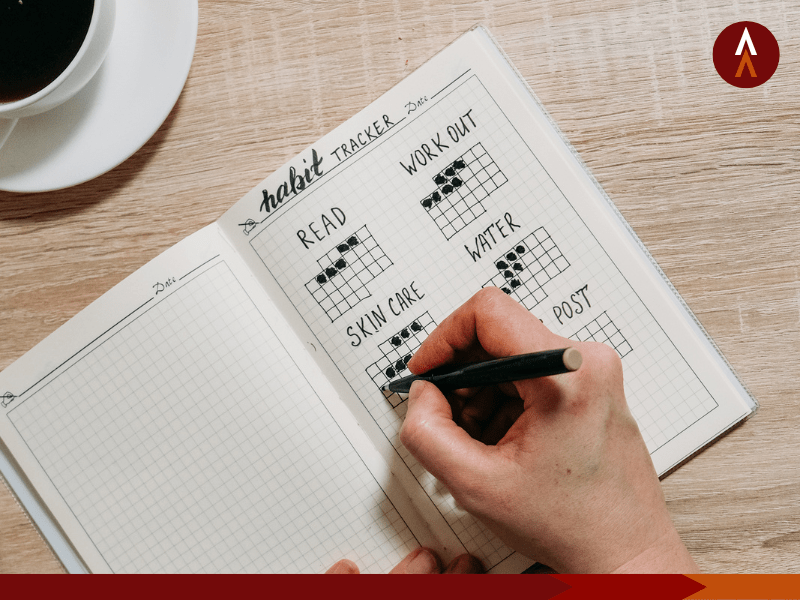
Bullet journaling has become a popular way for people to plan and organize their lives. It is a flexible and customizable system that allows you to track your goals, daily tasks, and habits in one place. In this blog post, we will discuss what bullet journal planning is, the top tips to start today, and how to choose a journal that fits your needs.
What is Bullet Journal Planning?
Bullet journal planning is a system of organizing and planning your daily life in a notebook. It was created by designer Ryder Carroll, who wanted a way to track his own life in a simple and organized way. The bullet journal method is based on the idea of rapid logging, where you use symbols to denote different types of tasks, events, and notes.
The beauty of bullet journaling is that it is completely customizable to your own needs. You can create different sections for your goals, daily tasks, habit trackers, and more. The system is also adaptable, meaning you can change it to suit your needs as your life changes.
Top Tips to Start Today
- Start with a simple notebook – You don’t need an expensive notebook to start bullet journaling. You can start with a simple notebook and upgrade later if you find you enjoy the system.
- Use symbols to denote tasks – The basic symbols for bullet journaling are a dot for tasks, a circle for events, and a dash for notes. You can also create your own symbols to denote different types of tasks, such as an exclamation point for urgent tasks.
- Create a key – A key is a legend that explains the symbols you use in your bullet journal. This makes it easy for you to reference and understand your tasks and events.
- Plan ahead – Spend some time each week or month planning out your tasks and events. This will help you stay on track and avoid feeling overwhelmed.
- Be flexible – Remember that the bullet journal system is adaptable, meaning you can change it to suit your needs. If you find that a particular layout or section isn’t working for you, don’t be afraid to change it.
How to Choose a Journal
- Size – Consider the size of the journal you want to use. A smaller journal may be more portable, but a larger journal may give you more space to write.
- Paper quality – Choose a journal with high-quality paper that won’t bleed or ghost when you use pens or markers.
- Binding – Consider whether you want a spiral or stitched binding. A stitched binding is more durable, but a spiral binding may be more convenient if you want to lay the notebook flat.
- Cover – Choose a cover that is durable and suits your style. There are many options available, from simple black covers to colorful designs.
All-in-all, bullet journaling is a flexible and customizable system that can help you organize and plan your daily life. By following these top tips and choosing a journal that suits your needs, you can start bullet journaling today and enjoy the benefits of a more organized and productive life.

